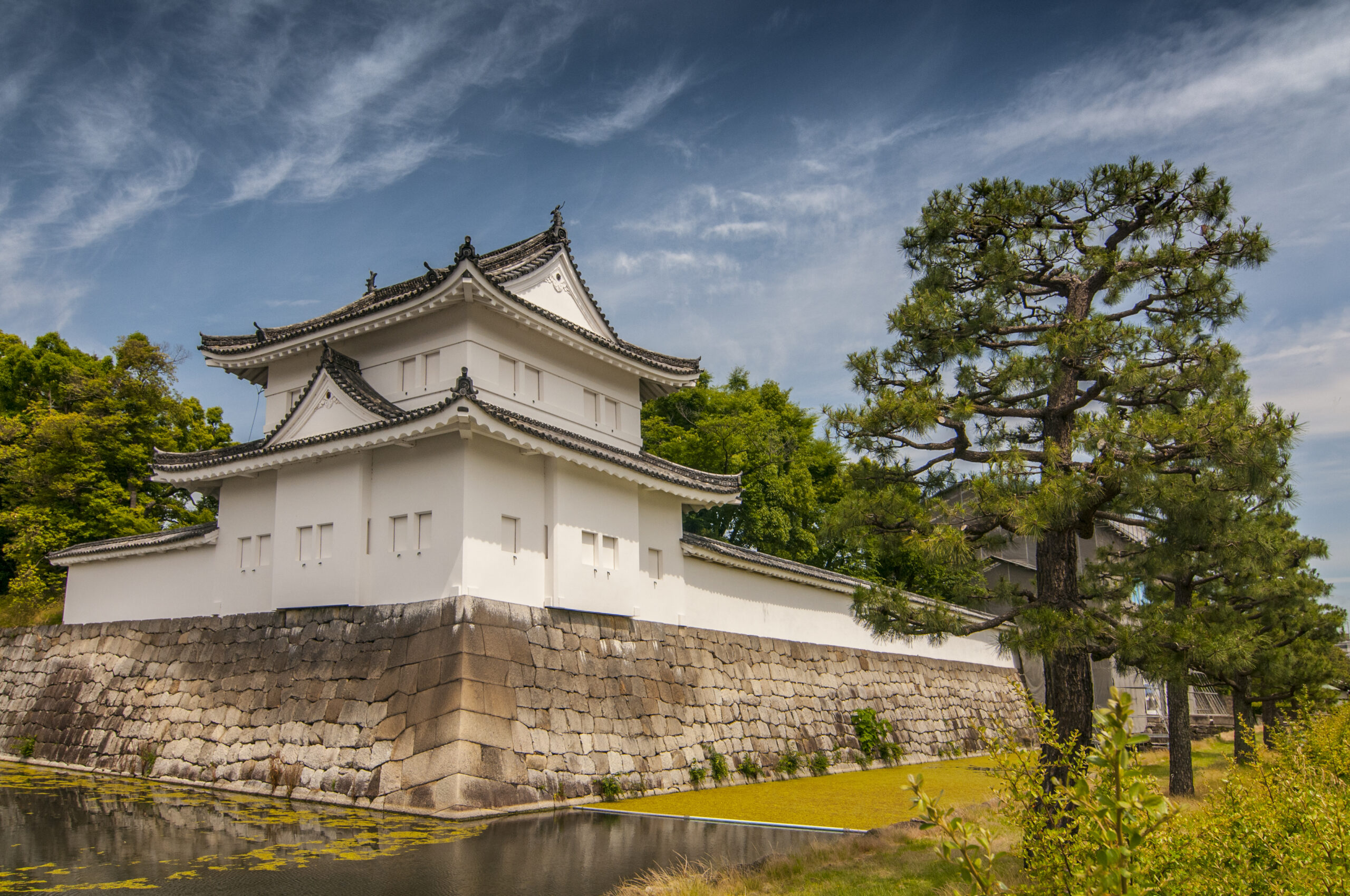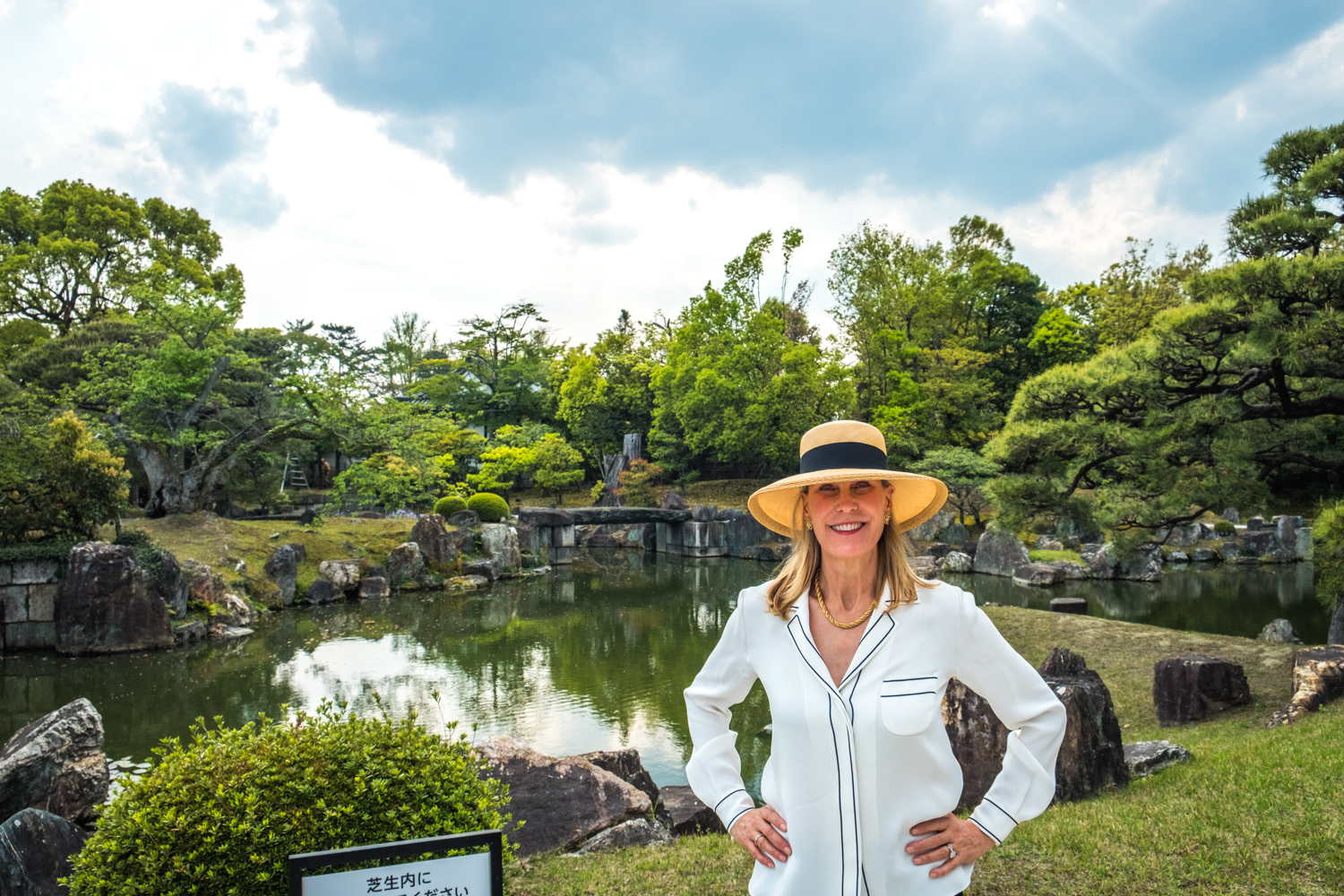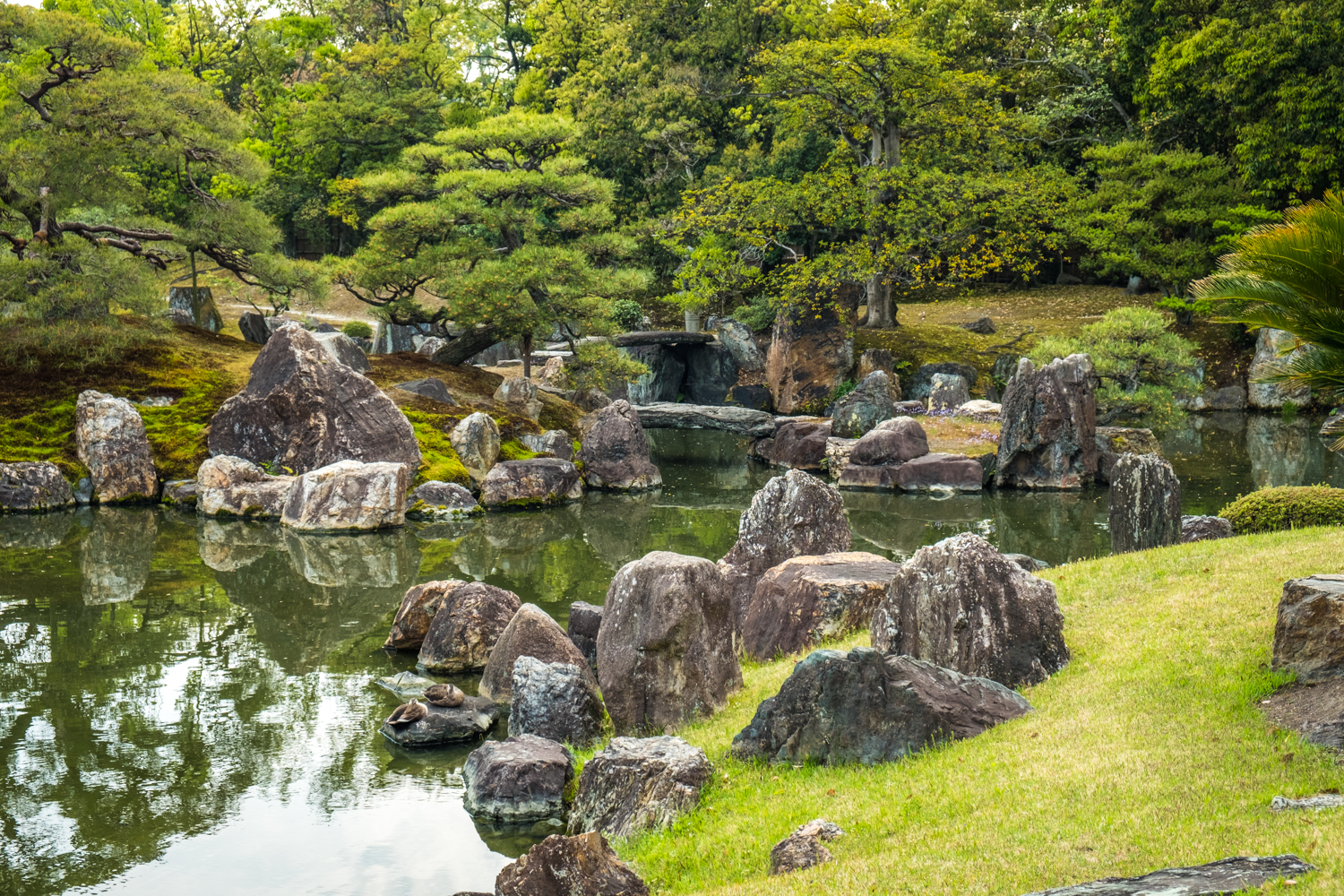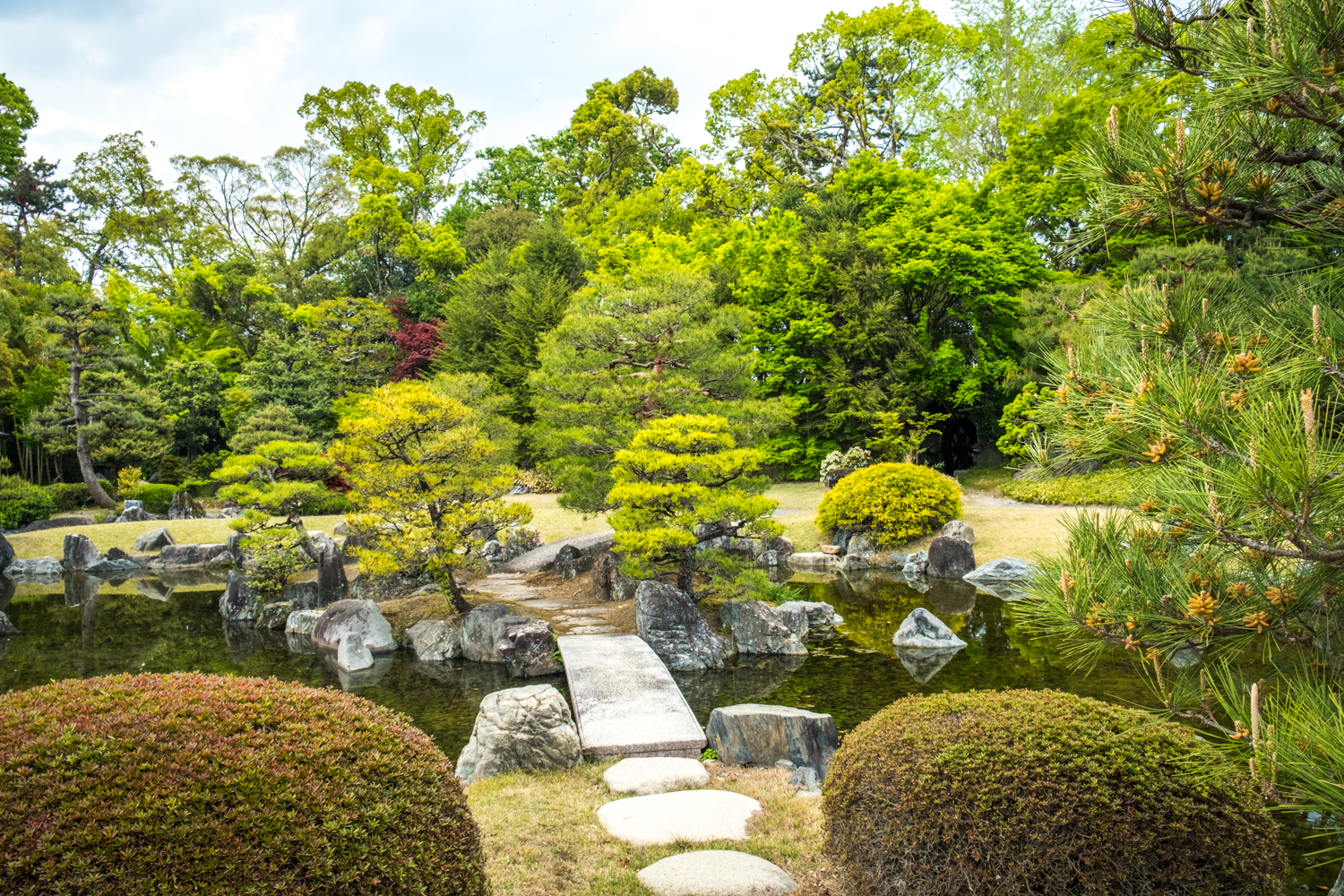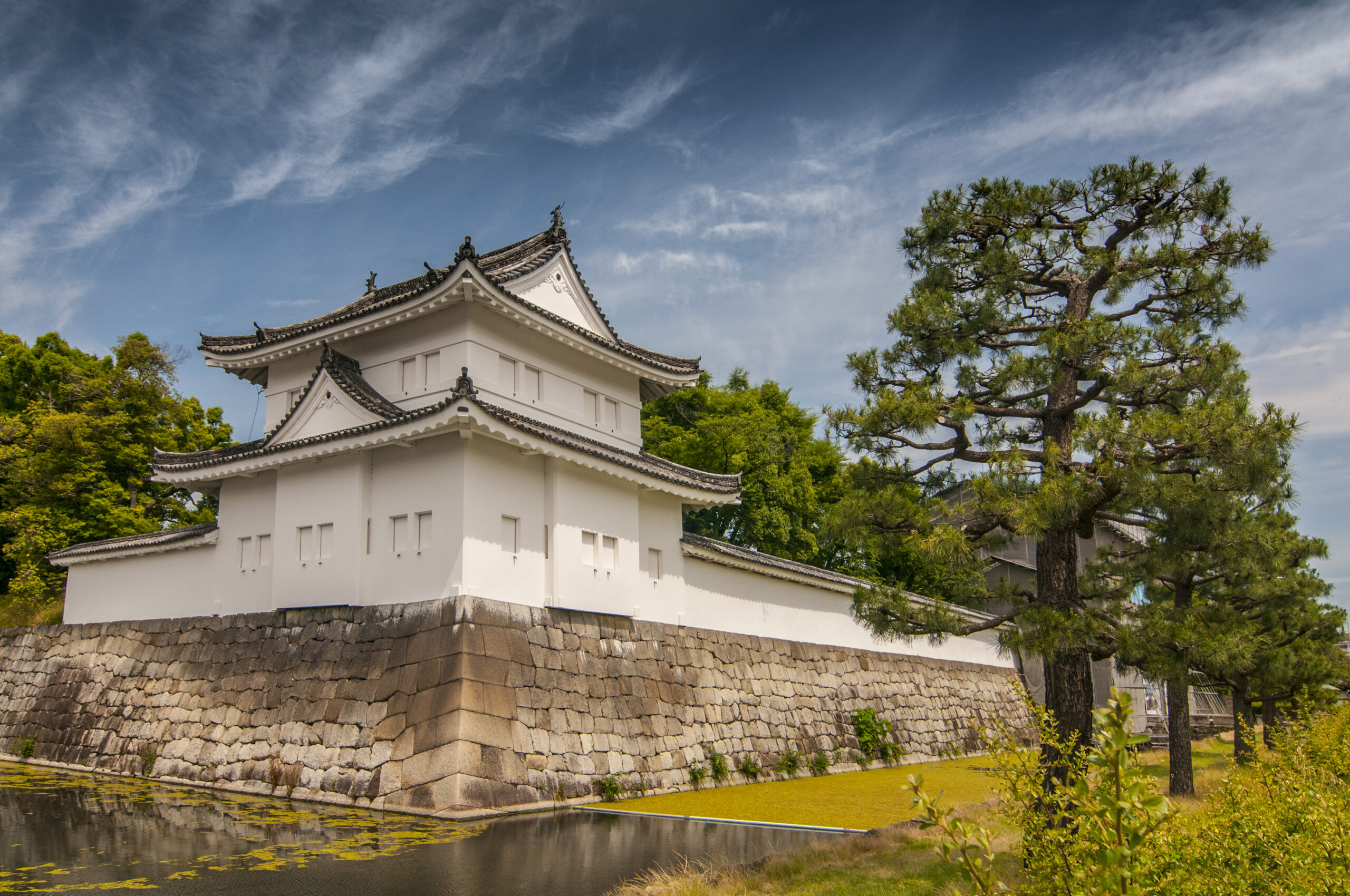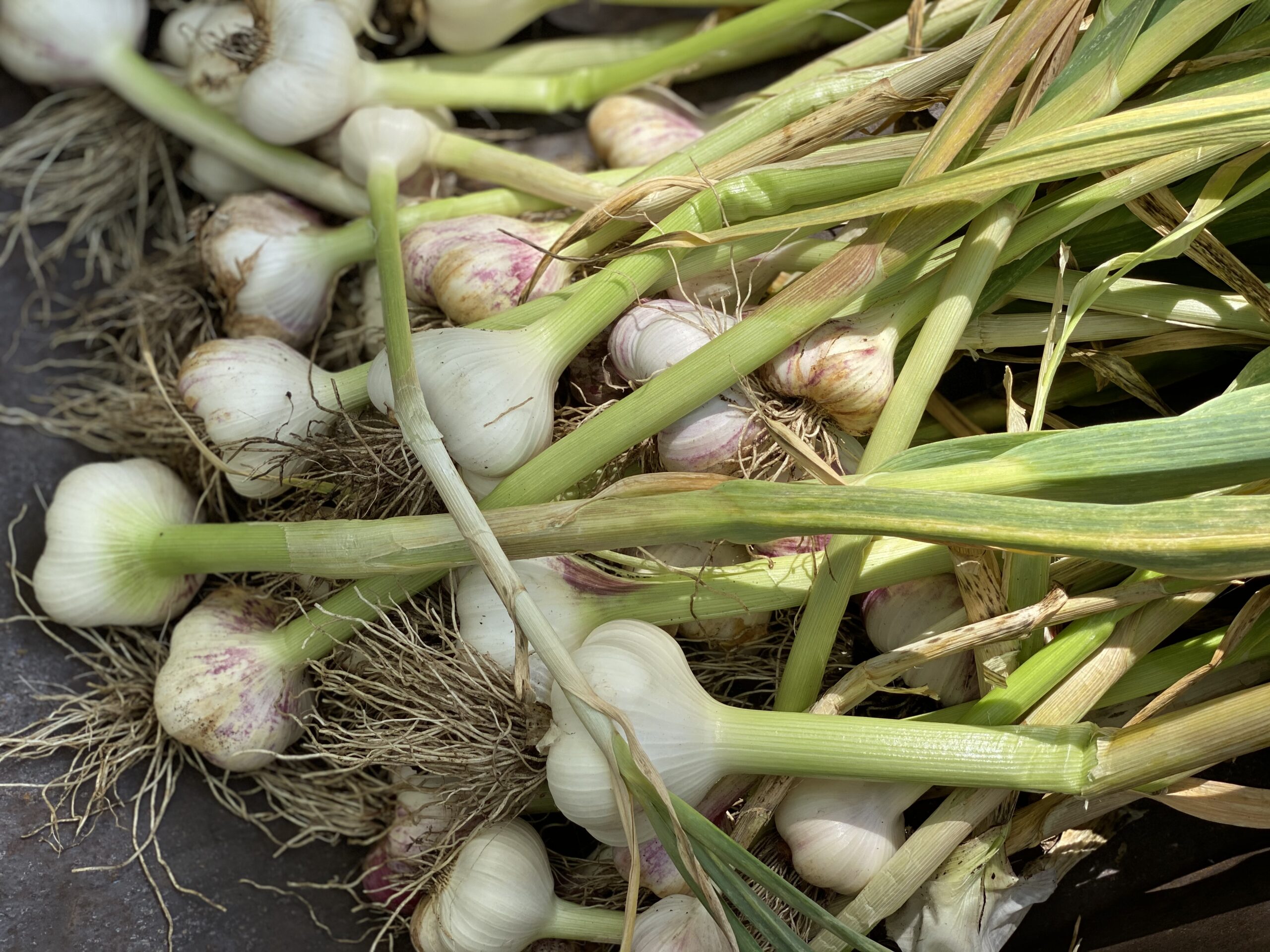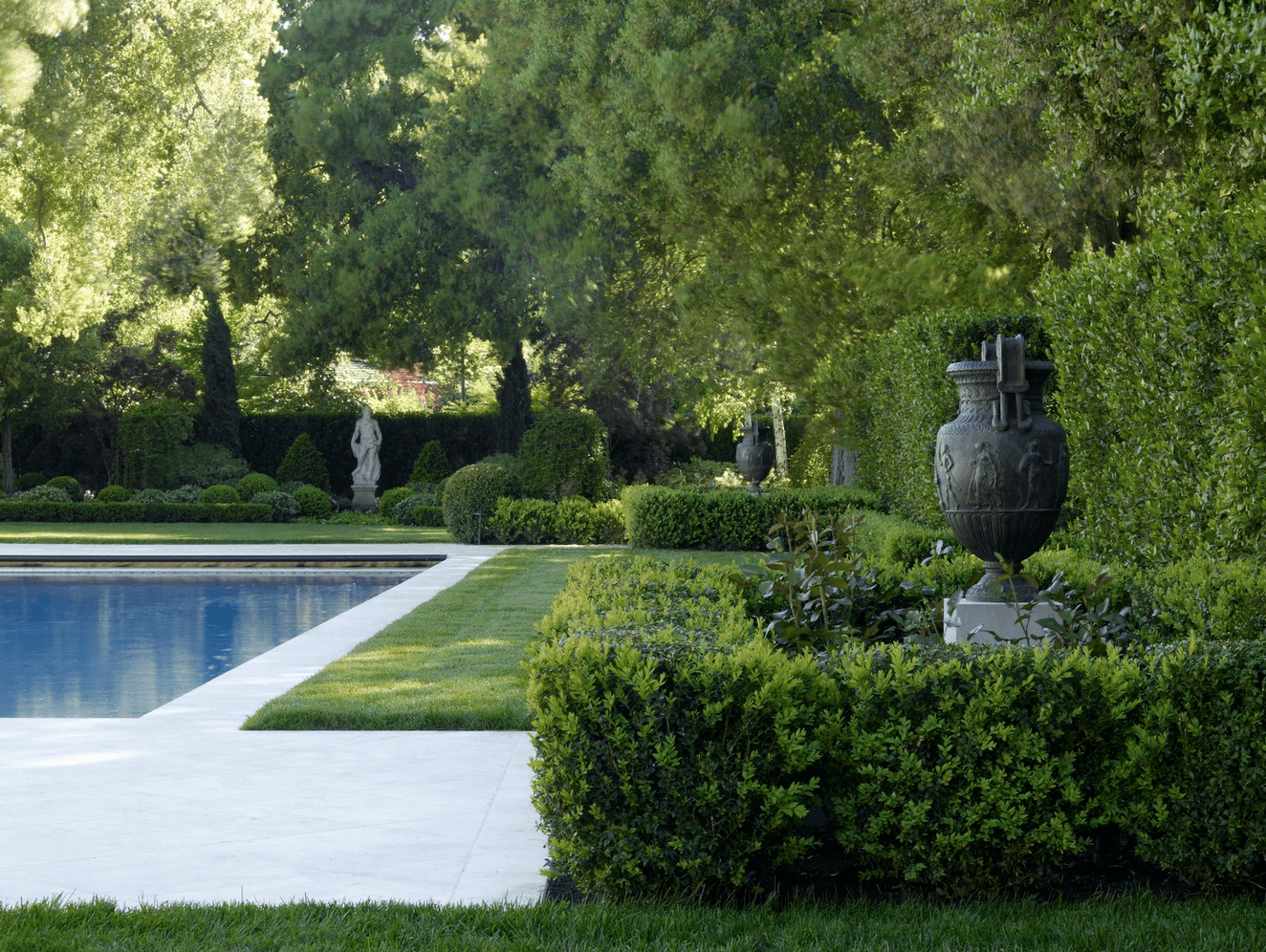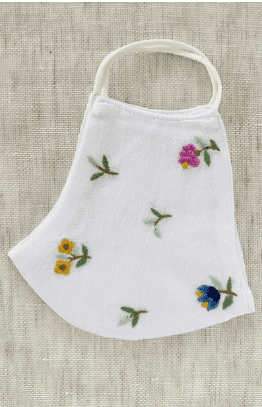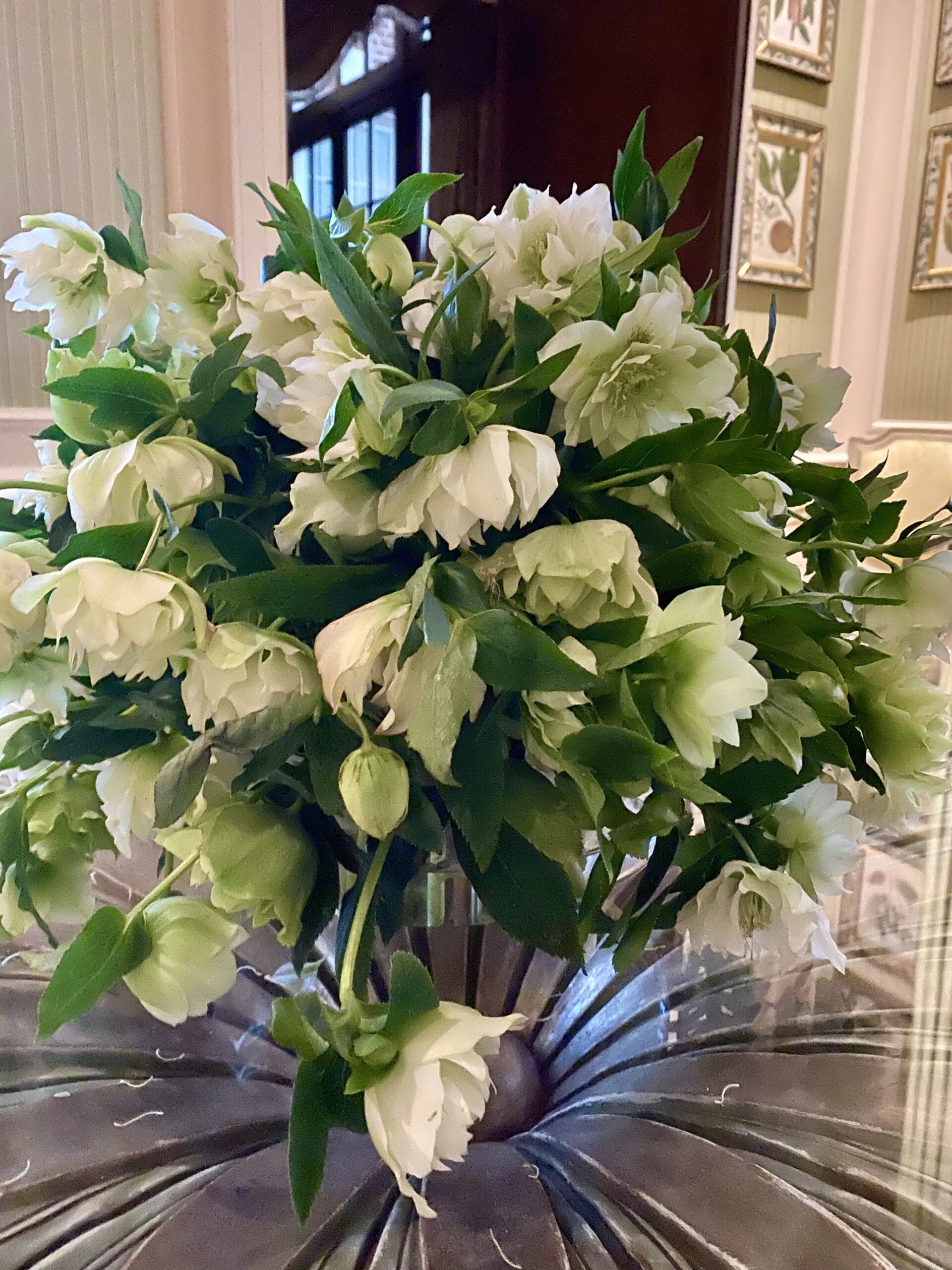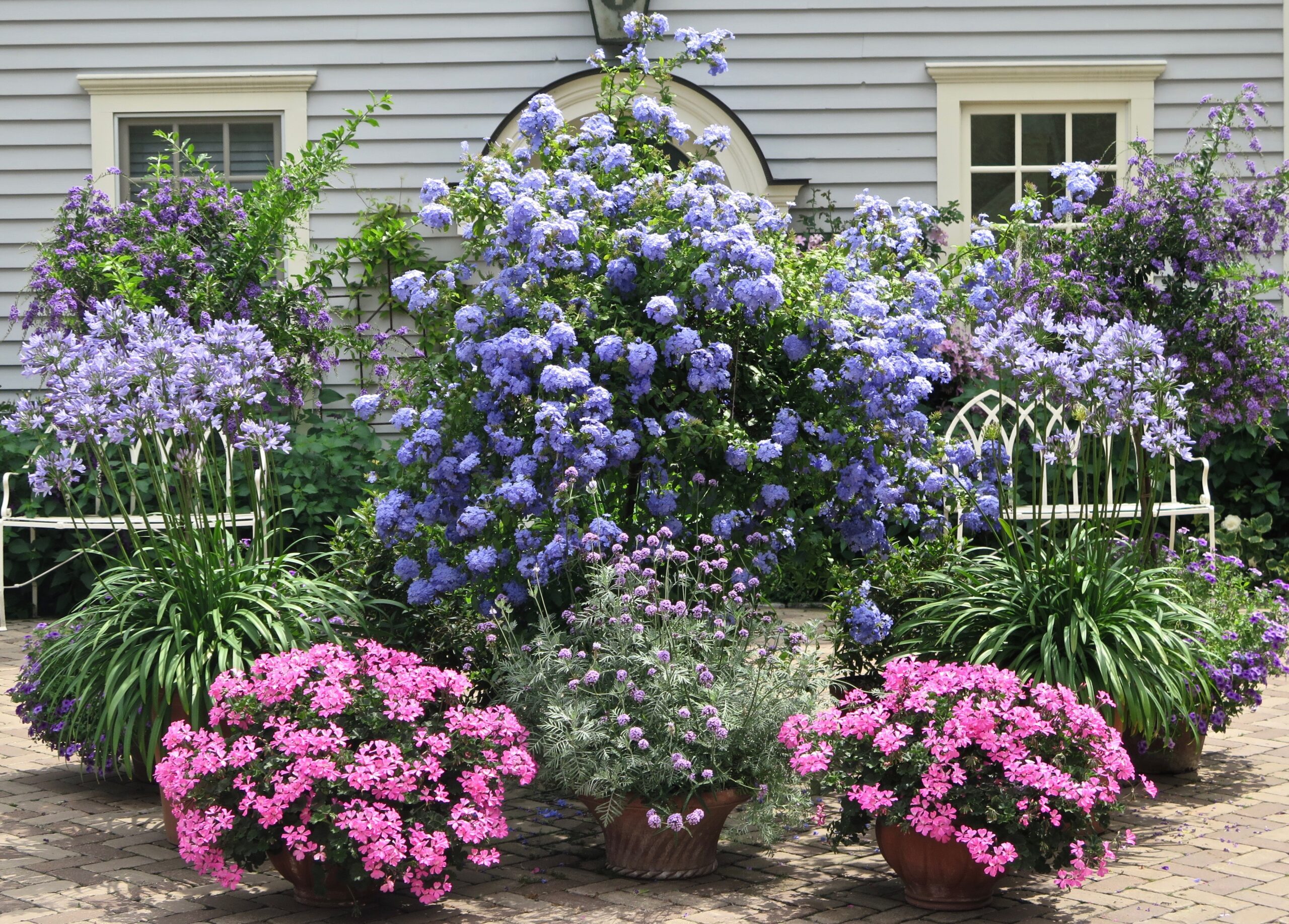As I continue to document the beautiful Japanese gardens we visited in April and May of this year, I must include the significant Ninomaru Garden, contained within the walls of Kyoto’s Nijo Castle, built in 1603 as the home to the first shogun of the Edo Period, Tokugawa Ieyasu.
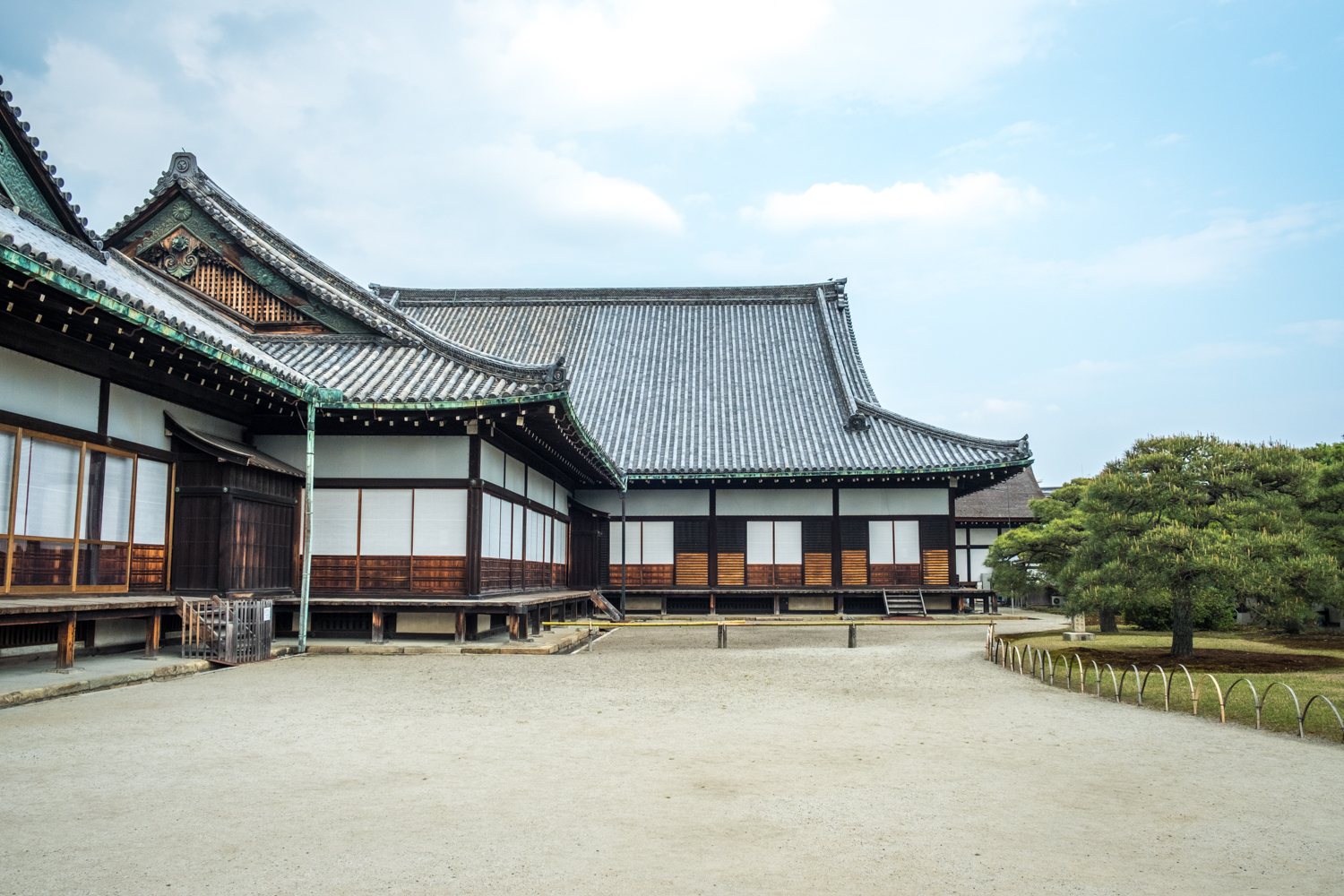

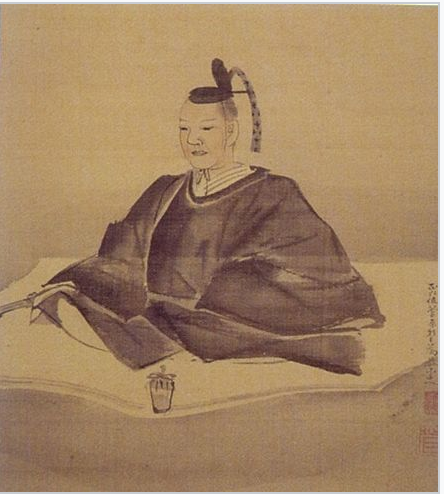

In addition to the Ninomaru Garden, Kobori Enshu designed two beautiful gardens we visited during our time in Japan – Katsura Imperial Villa and Kodai-ji, the former of which was probably my favorite garden of our trip. He also designed the gardens of Sunpu Castle, Nogoya Castle, Bitchu Matsuyama Castle, Fushimi Castle and Osaka Castle.
The Ninomaru Garden includes a large pond with three islands, an exceptionally large number of stunning rocks and sculpted pine trees around the perimeter. It is an impactful garden that commands your attention because of the number and scale of the rocks.
The islands in the pond are named: Horai-jima (Island of Eternal Happiness), Tsuru-jima (Crane Island) and Kame-jima (Turtle Island). Cranes and tortoises/turtles represent longevity in a Japanese garden, so these two symbols are not only present in most Japanese gardens, but would be an strong statement in the garden of the most important shogun of the time wanting to maintain his power.
This palace and its gardens are one of seventeen Historic Monuments of Ancient of Kyoto and are designated a World Heritage Site by UNESCO. When you visit the property and go through the palace, you will absolutely love the “Nightingale” floors that practically sing as you walk on them, which used to alert the inhabitants of unwanted visitors.

